
AH11 / BIO 11
Information Competency Modules - #6
Controversy 8
 |
AH11 / BIO 11 Osteoporosis |
Limited Access Databases | "
|
For this controversy, we're going to look at more of those subscription databases, like Ebscohost in the last lesson. Subscription (or limited-access) databases are those commercial collections that are for sale, usually to libraries, and the reason you want to stay connected to libraries, even after you graduate. Just to have access to their subscription databases makes life a whole lot more fun. Says the librarian.
|
|
You can get to these databases from the Gavilan Library homepage. Click on the "Full List of Library Databases" under the subheading "More" Next, scroll down the list of databases until you come to the
If you're doing this from off-campus, you'll have to log into the Gavilan Library with your password - possibly your complete G00 number. |
|
Encyclopedia Articles - for background information |
|
Let's look first at the Britannica Online database. |
|
Encyclopedias are great places to look for:
|
Encyclopedias are not so great for:
|
A search for Osteoporosis will give you several articles that mention the word. The very first one will be the general entry for osteoporosis, and, as described above, this article gives you a fairly clear description of the condition, background and history, and a broad overview. |
|
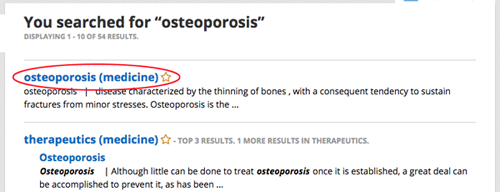 |
|
|
When you click on the first item, the encyclopedia article, you'll get basic information about the term, a little history, and some therapies and drugs used in the treatment of osteoporosis. Your controversy for Chapter 8 mentions the theory that too much protein from animals might be a cause for osteoporosis. If you use the FIND option (ctrl + F), and search for protein, you'll come up with zero hits. Because it's still a theory, and not generally accepted or tested or researched (although people have been suggesting this connection for several decades), there is no mention of a connection between animal protein and bone density in this article. But it does give you a good basic background of the generally accepted theories about osteoporosis. |
|
EbscoHost |
|
To find more recent information, we'll use another of those subscription databases, our old friend EbscoHost. This is the database of magazine, newspaper, and academic journal articles that we've looked at before. Remember, if you're off the Gavilan campus, you'll need to log in with your G00 number first, to prove to Ebsco that you really do have (or belong to an organization that has) permission to use this database. Look at Module 5 if you forget how to do this. | |
|
From the advanced search, try searching on osteoporosis AND protein. This will find articles that contain BOTH of our terms, making our result list SMALLER and hopefully more focused. |
 |
| The abstract pictured to the right is one of the items from my result list. This source, Nutrition Action Health Letter, is not available online, but with the help of your friendly reference librarian, you may be able to get it through Interlibrary Loan. | 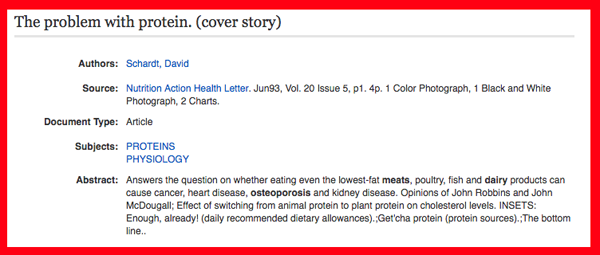 |
Here's another item from my list. If you can't find this item on your list, just go back to the search engine and add breaking bad to the search. |
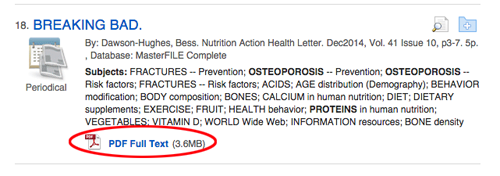 |
See if you can find answers to these questions:
|
|
| And yet another interesting article, this one from the New York Times, published way back in 2009. Your reference librarian might be able to get you a copy of this article, but the abstract by itself gives you the basic information. | |
Here's another interesting little article, about how to test your own body for acidic levels. Click on the image to the right. This is actually a link to a short video. Test your own acidic level. Is your system acidic or alkaline? |
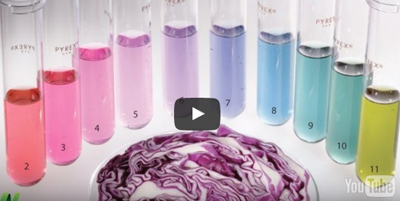 |
Websites | Finally, just for fun, let's run our search through the Google search engine. Remember our Boolean AND search tool, that will let us find articles that contain BOTH terms. We don't want to look through every article about osteoporosis looking for something about protein, and we certainly don't want to look through every article about protein that might have something to do with osteoporosis. By combining the terms in the search box, we will get only those articles that have BOTH terms, the overlapping area between the two circles. | 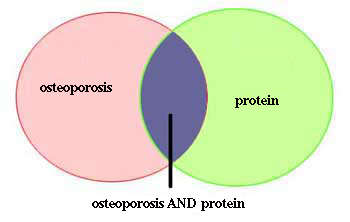 |
Here's an article from the Physicians Committee for Responsible Medicine. The author of this article has this to say about the consumption of protein: A 1992 review of fracture rates in many different countries showed that populations with the lowest calcium intakes had far fewer fractures than those with much higher intakes. For example, South African blacks had a very low average daily calcium intake—only 196 milligrams—yet their a fracture incidence was only 6.8 per 100,000 person-years, far below that of either black or white Americans, whose incidence rates were 60.4 and 118.3 per 100,000 person-years, respectively.The next paragraph offers one explanation of this lower rate in countries that don't drink milk like Americans do. What is that explanation? And what did the Harvard Nurses Health study find about women who drank 3 or more cups of milk daily? |
||
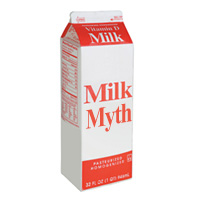 |
Here's another article, Debunking the Milk Myth, about the risk of drinking too much milk. Vivian Goldschmidt is the author. Can you find any information about her or her credentials or qualifications? (Click on the About link, and scroll about half way down.) | |
| Here's another article, this time from Cornell University, that shows the results of the Cornell-China-Oxford Project, on the relationship of protein and loss of bone density. When was this article published? |  |
|
 |
Here's another website that claims that more animal protein equals more osteoporosis. She also quotes the statistics coming out of other countries: the lower amount of calcium or animal protein, the lower number of bone fractures. If you click on the Home button at the bottom of the article, you can find a short note about the author. Scroll down and keep your eye on the left side panel for a heading called About me. What is her name and background? Unfortunately, there is no date on this article, so we have no idea how current it is. |
|
Here's an interview of one of the authors of a book published in 2009, who specifically talks about the links between high protein and dairy diets and osteosporosis. http://www.noevalleyvoice.com/2009/May/Bone.htm What are some of the reasons he gives why calcium and protein continue to be supported by the medical profession and the news media? And what kind of diet does he suggest you follow? |
||
| Here's one more website to look at, called ProCon.org. ProCon.org is a nonprofit public charity. Their purpose is to provide resources for critical thinking and to educate without bias. They research issues that are controversial and important, and then present their findings in a balanced, comprehensive, straightforward, transparent, and primarily pro-con format at no charge. One of the people they quote (under the Con column) is Amy Joy Lanou, PhD, Senior Nutrition Scientist at the Physician's Committee for Responsible Medicine and one of the authors interviewed by the Noe Valley Voice, above. What does she say about the available evidence of calcium intake and bone density for children and adolescents? | ||
And finally, here's another article, by Dr. Michael Greger, who claims that the prevailing theory is that meat products produce acid in our systems, causing the calcium in our skeleton to be leached out (in order to neutralize that acidity). This was proven by measuring the amount of calcium in the urine of somebody who had just eaten a bunch of meat. High calcium. In other words, we were in danger of essentially peeing out our bones, if we kept eating a diet high in animal proteins. But here he argues that the calcium needed for de-acidifying the system comes not from the skeleton, but from other foods that we've eaten, or possibly from our muscles. Is this a last-ditch effort by the meat and dairy industry to save their reputation? Or is there some truth to this theory? You get to decide. But to do that, you'll need to:
|
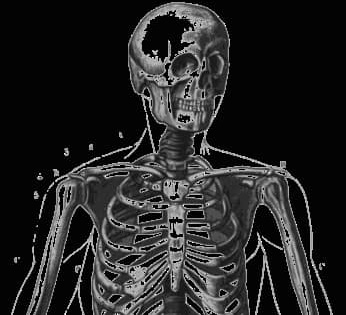 |
 |
Review
|
In this lesson, you've had a chance to look at some other databases that you, as a Gavilan College student, have access to. All you need is a library card or your student i.d. number. These other databases are called limited access databases (sometimes subscription databases) because permission to use them is limited to subscribers only. The Gavilan Library subscribes, so you get to use them. You've also had an opportunity to see what kind of information comes out of an encyclopedia. Encyclopedia articles are great for
They are not good for:
Internet websites and print articles (available in databases like EbscoHost and Opposing Viewpoints) are best for the lastest, controversial theories. But remember that websites and newspaper articles are also the most unreliable and easiest to publish of all sources of information. Especially with websites, there is no editor checking facts or information for you. So you have to tread carefully and try to find back-up sources. Look:
|
|
| Now go back to the class website and take the quiz for Lesson 6. Once again, you'll get two tries and only your highest score will be saved. Have fun. | |
Address of this page:
|